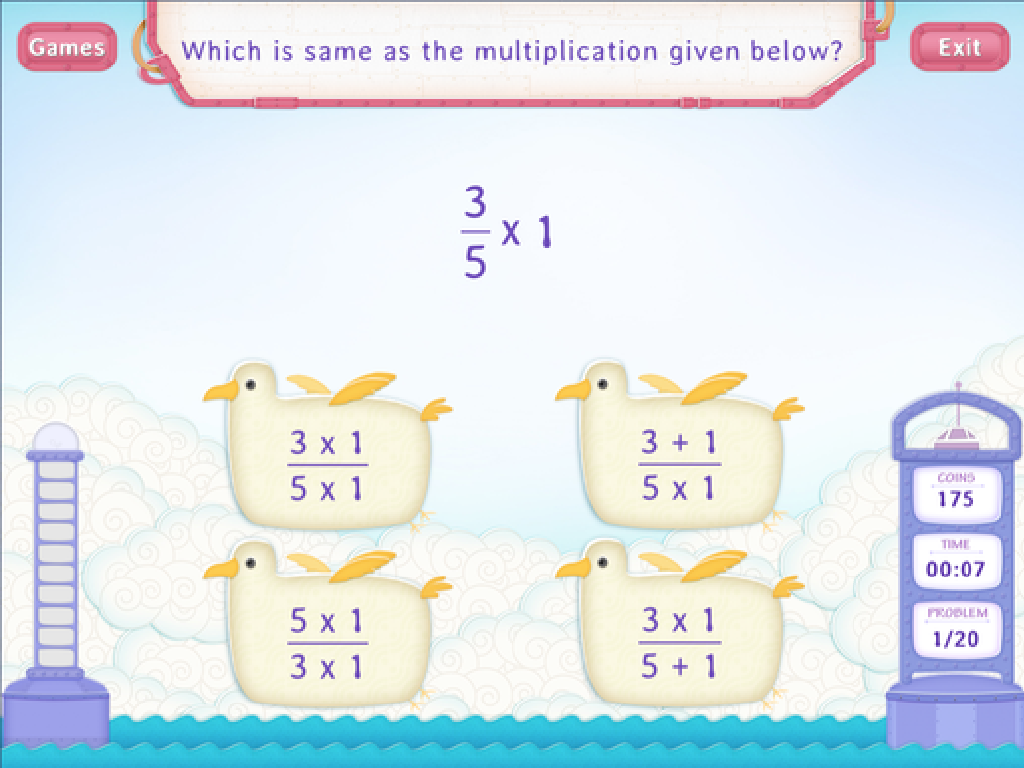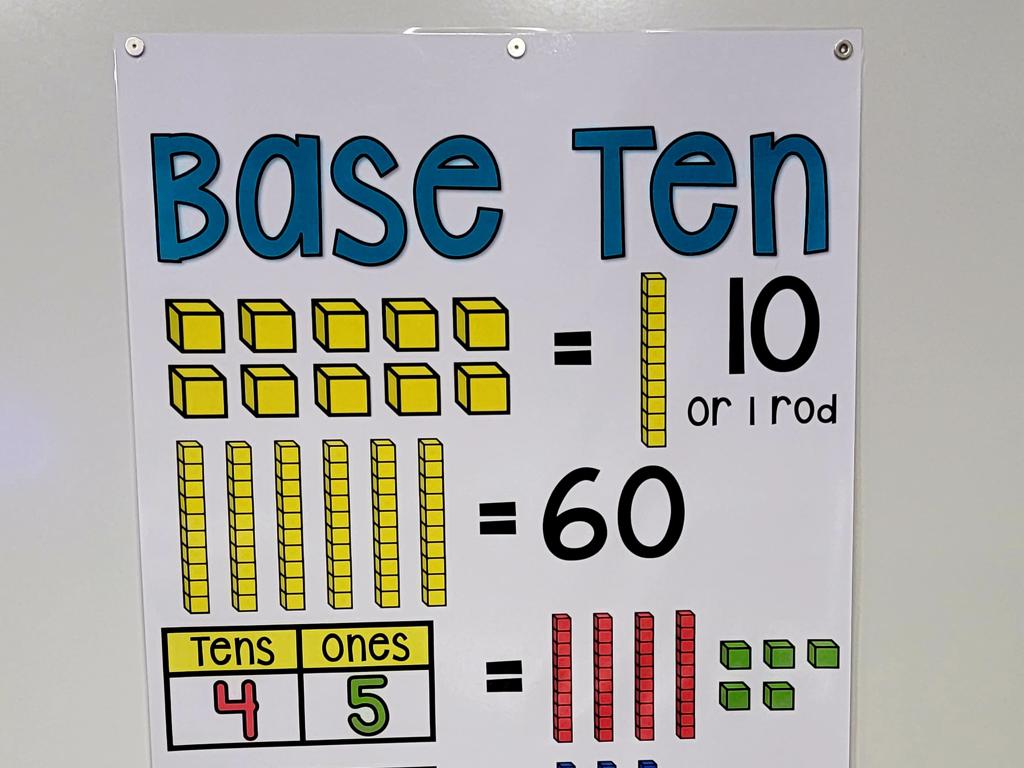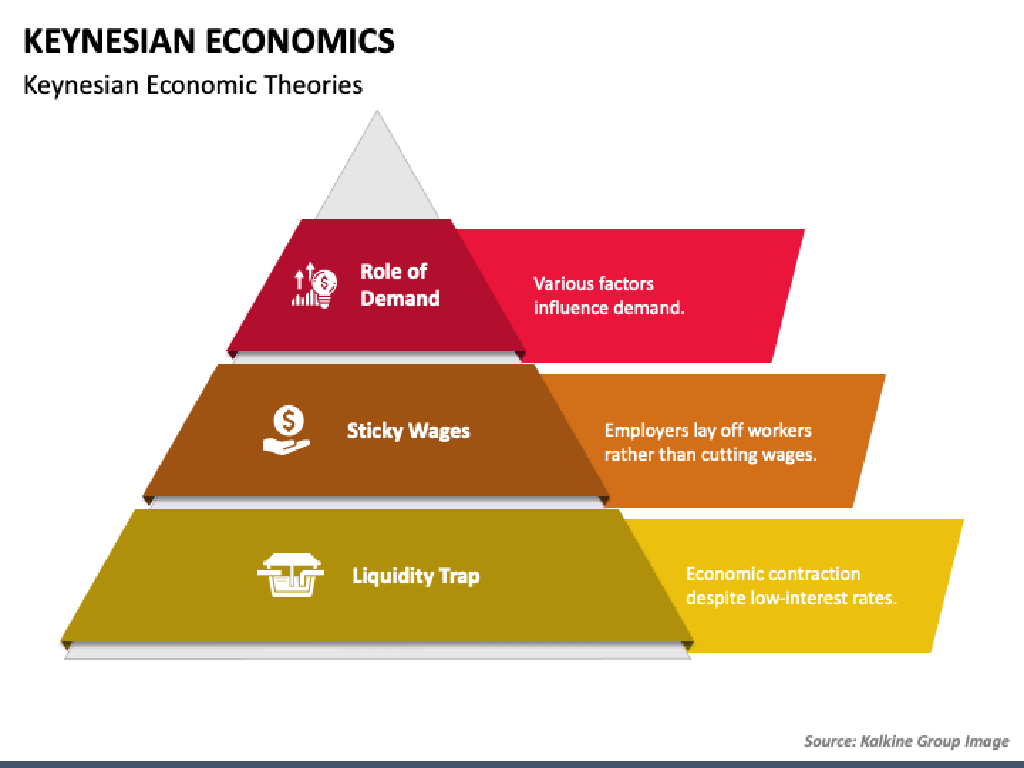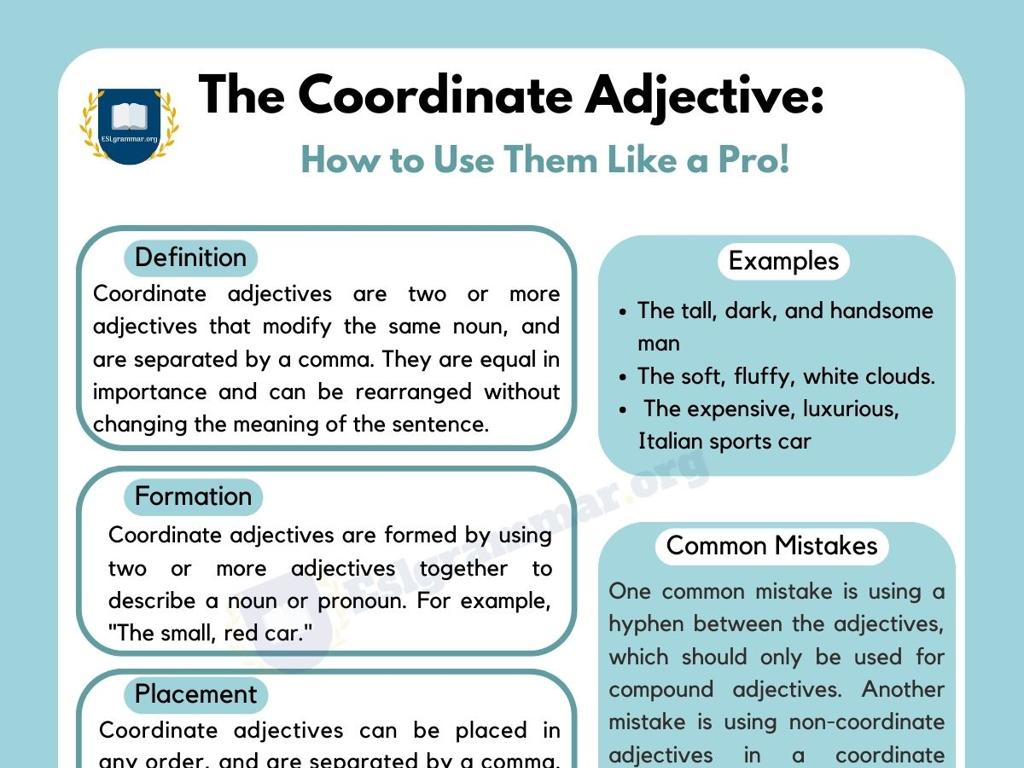Subtract Two Numbers Up To Four Digits
Subject: Math
Grade: Third grade
Topic: Subtraction: Four Or Five Digits
Please LOG IN to download the presentation. Access is available to registered users only.
View More Content
Welcome to Subtraction!
– Today’s Adventure: 4-Digit Subtraction
– Learn to subtract numbers as big as 9999
– Understanding Subtraction Basics
– Subtraction means taking one number away from another
– Subtraction’s Role in Daily Life
– Use subtraction when you spend money or measure ingredients
– Practice Makes Perfect
|
This slide introduces the concept of subtraction with numbers up to four digits, which is a foundational skill in mathematics. Start by explaining that subtraction is simply the process of taking one number away from another. Emphasize the importance of subtraction in everyday life, such as calculating change while shopping or measuring the right amount of ingredients in cooking. Encourage students to understand that practicing subtraction problems will help them become more confident in their math skills. Provide examples and plan for interactive activities where students can practice subtracting large numbers in a fun and engaging way.
Subtraction Vocabulary
– Minuend: Starting number
– The top number in a subtraction problem
– Subtrahend: Number to subtract
– The bottom number in a subtraction problem
– Difference: Subtraction result
– What you get when you subtract the subtrahend from the minuend
– Practice with examples
– Use sample problems to apply these terms
|
This slide introduces the basic vocabulary of subtraction to help students understand the components of a subtraction problem. The minuend is the number from which another number (the subtrahend) is to be subtracted. The subtrahend is the number that is to be taken away from the minuend. The difference is the result of the subtraction. It’s crucial to use clear and simple language to explain these terms. Provide examples on the board, such as 4321 (minuend) – 1234 (subtrahend) = 3087 (difference), and walk through the subtraction process step by step. Encourage students to use these terms when they describe subtraction problems to reinforce their understanding. In the next class, we will practice identifying the minuend, subtrahend, and difference in various subtraction problems.
Subtraction Without Regrouping
– Line up numbers by place value
– Make sure digits are in correct columns: ones under ones, tens under tens
– Start subtracting from the right
– If you have 4321 – 1234, subtract 1 from 1, 2 from 2, 3 from 3, and 4 from 4
– Write the difference below
– After subtracting, place the result directly below the column you worked on
– No borrowing needed
|
This slide introduces the concept of subtraction without regrouping, which is a foundational skill in arithmetic. Emphasize the importance of lining up numbers by their place values to ensure accuracy. Demonstrate the process step-by-step, starting from the rightmost digit, which is the ones place, and moving left. Remind students that in this case, each digit in the top number is larger than the corresponding digit in the bottom number, so regrouping (or borrowing) is not necessary. Use examples on the board and provide practice problems where students can apply this method without the need for regrouping.
Subtraction With Regrouping
– Understanding regrouping
– Regrouping, or borrowing, is when you take from the next column to subtract.
– Steps to regroup numbers
– If the top number is smaller, borrow 1 from the next left column’s number.
– Practice example together
– Example: Subtract 3072 from 6458. We regroup to subtract the ones, tens, and hundreds.
– Regrouping with larger numbers
|
This slide introduces the concept of regrouping, a crucial step in subtraction when dealing with multi-digit numbers. Regrouping, often referred to as borrowing, is necessary when the digit in the minuend (top number) is smaller than the corresponding digit in the subtrahend (bottom number). The steps outlined will guide students through the process of regrouping from left to right, starting with the ones place. The practice example will be an interactive part of the lesson where students can apply what they’ve learned about regrouping. It’s important to walk through the example step by step, ensuring that students understand why and how we regroup. Encourage students to ask questions and provide additional examples if needed to solidify their understanding.
Let’s Practice Subtraction Together!
– Example 1: 5321 – 2864
– Subtract the ones, tens, hundreds, then thousands
– Example 2: 6745 – 3891
– Subtract the ones, tens, hundreds, then thousands
– Step-by-step subtraction
– Find the differences
– Example 1 difference: 2457, Example 2 difference: 2854
|
This slide is an interactive class activity designed to help students practice the concept of subtracting four-digit numbers. Start by writing the first example on the board and guide the students through each step: subtracting the ones place, then the tens, followed by the hundreds, and finally the thousands. Repeat the process with the second example. Encourage students to work along with you on their own paper. After completing the steps, reveal the differences and ask the students to check their work. Provide additional examples if time allows and ensure that students understand the process before moving on to independent practice.
Common Mistakes in Subtraction
– Remember to regroup
– Regrouping is borrowing from the next column
– Keep minuend and subtrahend in order
– Minuend is the first number, subtrahend is the second
– Align numbers by place value
– Each digit has a place: ones, tens, hundreds
|
This slide aims to highlight frequent errors students make while subtracting large numbers. Emphasize the importance of regrouping, which is often necessary when the digit in the minuend is smaller than the corresponding digit in the subtrahend. Stress the correct order of numbers: the minuend (the number being subtracted from) is always on top, and the subtrahend (the number being subtracted) is below it. Ensure students understand the significance of aligning digits according to their place value, as misalignment can lead to incorrect answers. Use examples to demonstrate each point and provide practice problems that specifically address these common mistakes.
Subtraction in Real Life
– Use subtraction for shopping
– If you have $20 and buy a toy for $15, how much money is left?
– Calculate time until events
– If a party is at 5 PM and it’s now 2 PM, how many hours until the party?
– Measure distances by subtracting
– If you’re 9 miles from home and walk 3 miles, how far are you now?
– Understand subtraction importance
|
This slide aims to show students how subtraction is used in everyday life. When shopping, subtraction helps us figure out how much money we have left after making a purchase. Understanding time is also a form of subtraction, calculating how long until an event starts. Measuring distances involves subtracting lengths to find out how far apart two points are. Emphasize the importance of subtraction as a life skill, not just a math concept. Encourage students to think of other examples where they use subtraction in their daily lives and be prepared to discuss these in class.
Class Activity: Subtraction Scavenger Hunt
– Find classroom objects to subtract
– Create your own subtraction problems
– Use objects like books or pencils for subtraction
– Solve the problems you created
– Remember to subtract smaller numbers from bigger ones
– Share problems and solutions with class
– Discuss how you solved the problems with your friends
|
This interactive activity is designed to help students apply their subtraction skills in a fun and engaging way. Students will search the classroom for items they can use to create subtraction problems, such as subtracting the number of pencils from the number of books. Encourage them to think creatively and ensure the numbers involved are up to four digits. After creating and solving their problems, they will share their findings with the class, fostering a collaborative learning environment. For the teacher: Prepare a list of possible items students can use, ensure they understand the concept of regrouping if necessary, and be ready to assist any student who might be struggling with creating or solving the problems.
Homework and Next Steps: Mastering Subtraction
– Complete the subtraction worksheet
– Solve problems subtracting numbers up to four digits
– Study for the upcoming subtraction quiz
– Review class notes and practice problems to prepare
– Practice subtraction in daily activities
– Use real-life examples like shopping to subtract prices
– Keep practicing and ask questions!
|
This slide is aimed at reinforcing the students’ subtraction skills by providing them with a structured homework assignment and preparing them for a quiz. The worksheet should include a variety of subtraction problems, including those that require regrouping. Encourage students to review their class notes and any in-class examples they’ve worked on. To further their understanding, suggest that they apply subtraction to real-life situations, such as calculating change while shopping or determining the remaining minutes until their favorite TV show starts. Remind them that practice is key to mastery and to reach out if they have any questions or need additional help. The upcoming quiz will assess their understanding of the concepts taught in class.





